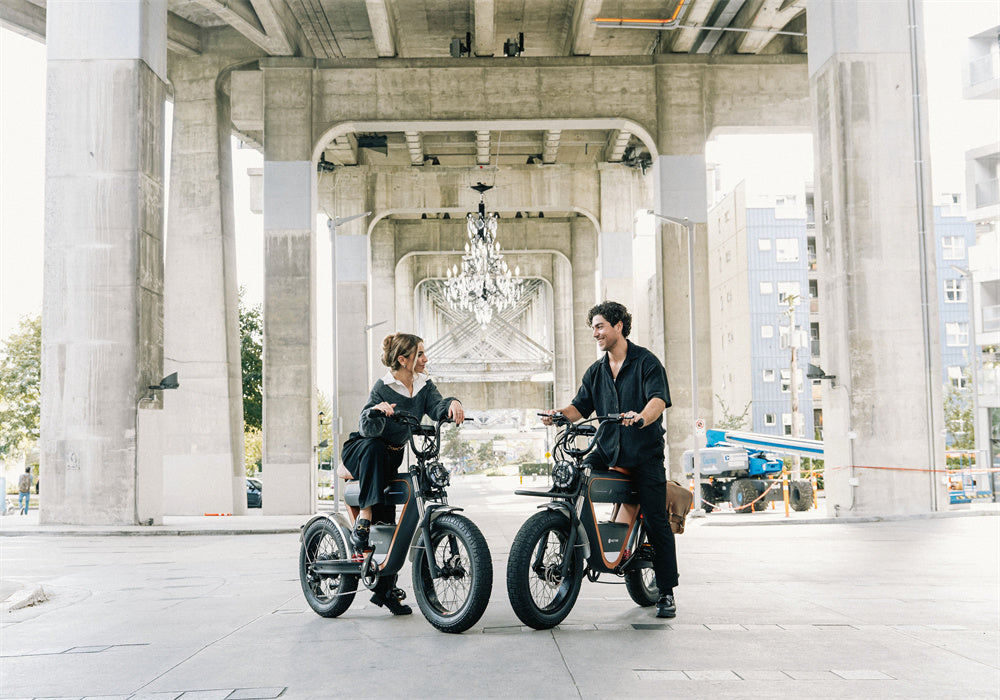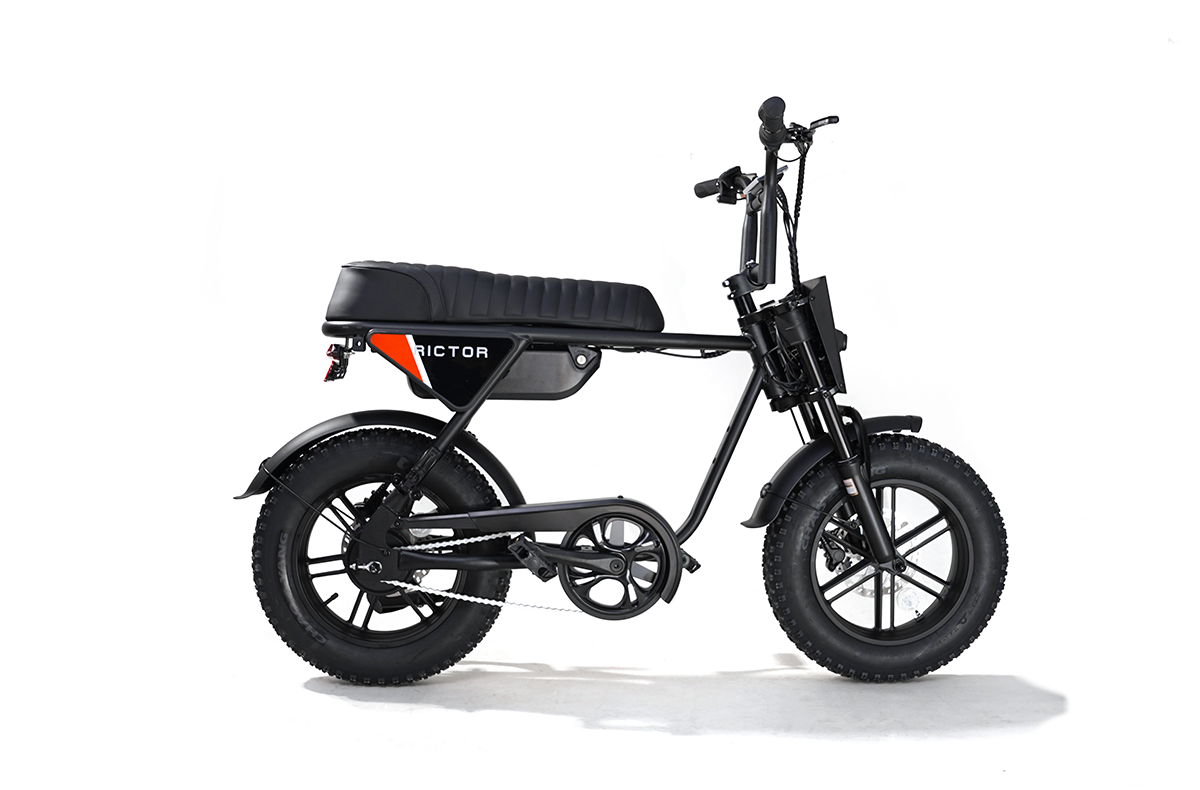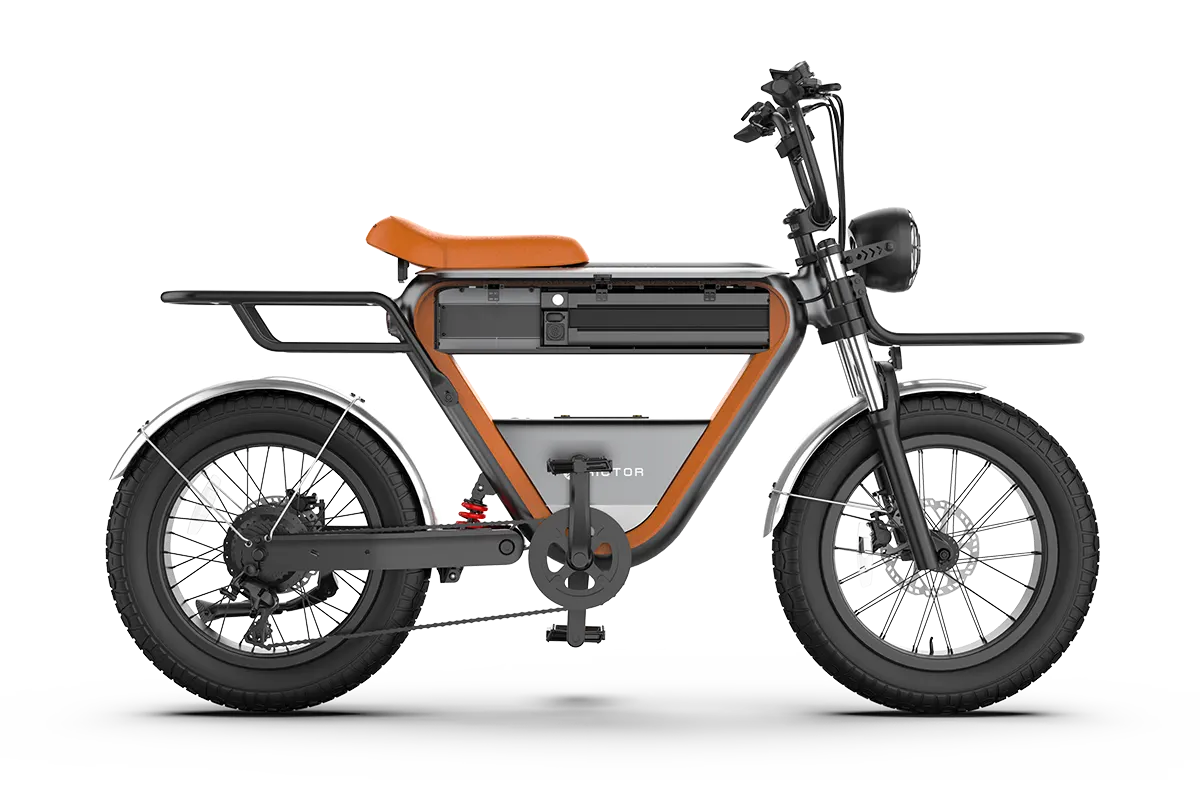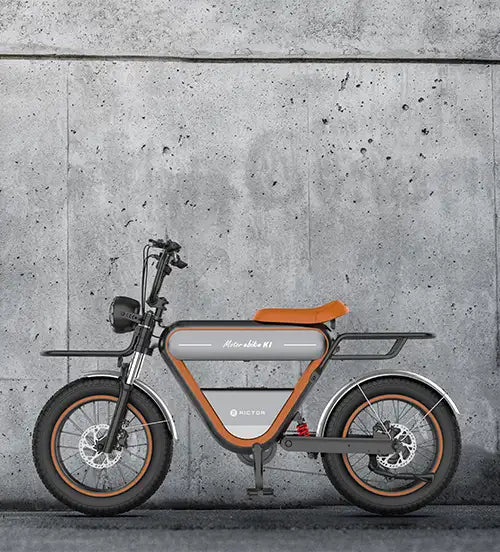
Why Are Men's and Women's Bikes Structurally Different?
While bikes are might seem like the only difference is the color or style, there are several structural variations designed to accommodate the distinct physical differences between men and women.
The bike frame, saddle, handlebars, and geometry are all designed with consideration of the body proportions, strength, and riding posture unique to men and women.
This article breaks down why men’s and women’s bikes differ in their construction and how these differences make a difference in the comfort and efficiency of your ride.
How Anatomical Differences Affect Bike Design
The human body varies significantly between men and women, particularly when it comes to pelvis shape, torso length, leg length, and weight distribution.
These physical differences influence the design of bicycles to enhance comfort, efficiency, and performance.
Women’s Bikes
Women generally have wider hips and a shorter torso compared to men. To accommodate these anatomical traits, women’s bikes often feature a shorter top tube—the horizontal bar that connects the seat and the handlebars.
This shorter tube brings the handlebars closer to the rider, improving their reach and allowing them to maintain a more upright posture during the ride.
The reason for this is that women have wider pelvises, which results in a wider stance when pedaling.
A more upright posture ensures that their hips are more aligned with the saddle, which helps reduce strain on the lower back, neck, and shoulders.
Additionally, the handlebars are positioned higher on women’s bikes to accommodate shorter arm lengths and allow for a more relaxed riding posture.
Men’s Bikes
Men typically have narrower hips and longer torsos, which is why their bikes feature a longer top tube.
The extended top tube allows men to lean forward slightly, providing a more aggressive riding stance that is better suited to high-performance cycling.
The seat tube angle is steeper on men’s bikes, which allows for a more forward seat position. This helps optimize power transfer from the rider’s legs to the pedals
SEE ALSO Choosing the Right Bike Size for 5'5" Women

Frame Geometry
The geometry of the bike frame is one of the most noticeable differences between men’s and women’s bikes.
Women Bikes
Women’s bikes typically have shorter frames, which help in achieving a better fit for riders who are generally smaller in stature than men.
This compact design ensures a more natural pedaling position, reducing the chances of overstraining the legs or back.
In addition to the shorter frame, the standover height—the distance from the ground to the top tube—is lower on women’s bikes. This makes it easier for women to mount and dismount the bike, providing extra safety and convenience, particularly for beginners.
Men Bikes
Men’s bikes are built with longer frames to accommodate taller riders. The longer top tube allows men to adopt a more aggressive riding position that promotes speed and control during fast-paced rides.
Additionally, men’s bikes typically have a higher standover height, which ensures that the rider’s legs are extended during pedaling, enabling maximum power output.

Saddle Design
A saddle's shape and size play a crucial role in comfort, as it directly impacts the pressure placed on the rider’s pelvis and genital area.
Women’s Saddles: Wider and More Padded for Comfort
Women typically have wider pelvises than men, so their bike saddles are designed to be broader and more padded.
This helps distribute the pressure evenly across the pelvic area, reducing discomfort during long rides. Women’s saddles also tend to have a cut-out design, which relieves pressure on sensitive areas, such as the perineum, and promotes better blood circulation.
The extra padding in women’s saddles helps to cushion against bumps and rough surfaces, ensuring a more comfortable ride over extended periods.
Moreover, women’s saddles often feature a slightly raised back end to provide additional support and stability when cycling.
Men’s Saddles: Narrower and Firm for Performance
Men have narrower pelvises and are provided with slimmer saddles that feature less padding.
This is because too much padding can cause friction and chafing, especially during intense rides.
Men’s saddles are built to ensure a secure, firm fit that prevents shifting, promoting greater control over the bike.
While these saddles may not be as comfortable during long rides as women’s, they are designed to maximize performance and support efficient pedaling.
Handlebar Positioning
The handlebars on men’s and women’s bikes are adjusted to cater to the differences in arm length and shoulder width between genders.
Women’s Handlebars
Since women tend to have narrower shoulders and shorter arms than men, their bikes typically feature narrower handlebars.
This allows for a more comfortable reach to the handlebars, enabling a more natural arm position that reduces the risk of shoulder strain.
Women’s bikes also often have higher handlebars to help maintain a more upright posture, which can alleviate pressure on the lower back and prevent discomfort during longer rides.
Men’s Handlebars
Men’s bikes are equipped with wider handlebars that provide better stability and control when navigating rough terrain or riding at high speeds.
The wider handlebar design also supports a more aggressive stance, which is important for mountain biking, road racing, and other high-performance cycling activities.
The position of the handlebars on men’s bikes allows for greater power transfer while cycling, helping male riders achieve higher speeds and greater efficiency.
Suspension Systems
The suspension system in bikes plays a major role in the comfort and handling of the bike.
For women, the suspension is usually set to a softer setting to compensate for lighter body weights and provide a smoother ride over rough terrains.
This softness helps absorb more shock, reducing strain on the rider’s joints and muscles, especially on uneven trails.
men’s bikes typically come with firmer suspension settings to handle more weight and provide greater stability during more intense cycling. The firmer suspension ensures that men can maintain control over the bike, especially when riding in technical or mountainous terrains.
Unisex Bikes
Many manufacturers have started offering unisex bikes that blend features of both men’s and women’s bikes. These bikes typically feature a neutral frame design that caters to a wider range of body types and cycling styles.
Electric Bike Rictor K1 for Both Men and Women
This all terrain elecric bike is perfectly suited for both men and women, offering a design that accommodates the physiological differences of riders. Women typically require a shorter frame and wider saddle, while men generally prefer a longer frame and a more narrow saddle.
This electric bike blends these design features to ensure comfort and performance for riders of all body types, ensuring that whether you’re tall or short, wide-hipped or narrow-hipped, you can enjoy a smooth and comfortable ride.
Equipped with an optional dual battery system, this bike gives you the ability to extend your ride without worrying about battery life.
Whether you're commuting across the city or exploring rugged trails, the 750W hub motor delivers robust power, while the high-precision speed sensor ensures smooth, responsive acceleration and braking for a superior riding experience.
The rear central shock absorber enhances comfort, absorbing bumps and vibrations for a smoother ride on all types of terrain.
The 20" x 4.0" wide tires offer excellent stability and adaptability, ensuring maximum comfort on everything from city streets to off-road paths. Additionally, the IPX65 waterproof rating gives you the confidence to ride in any weather conditions.
For safety, the dual cylinder hydraulic disc brakes provide reliable stopping power, while the Shimano 7-speed gear shift ensures a smooth and versatile ride.
The custom comfort seat is designed to offer all-day comfort, and the one button control simplifies operation for an easier, safer ride. This electric bike combines ergonomic design with high performance features, making it ideal for both men and women.
FAQs
Why are electric bikes designed differently for men and women?
Electric bikes are designed with anatomical differences in mind. Women generally have shorter torsos and longer legs, while men tend to have a wider frame and longer upper bodies. These differences influence the frame size, saddle width, and handlebar height, ensuring a more comfortable and ergonomic ride for both genders.
Can men and women ride the same electric bike?
Yes, many modern electric bikes are designed to be versatile and fit both men and women. However, some bikes are specifically tailored to the anatomical needs of each gender, such as seat width, frame size, and handlebar positioning. It’s important to choose the one that suits your body for the best comfort.
What features make a bike comfortable for both men and women?
Comfortable electric bikes for both genders often feature adjustable frames, ergonomic seats, and handlebars that allow for customization. Other features like suspension systems, wide tires, and a dual battery option also enhance comfort by absorbing shocks and extending ride duration.




